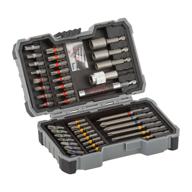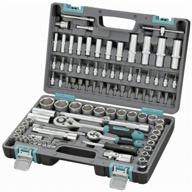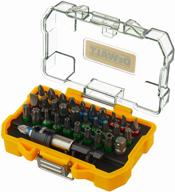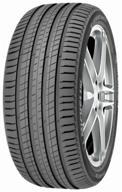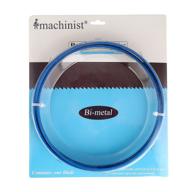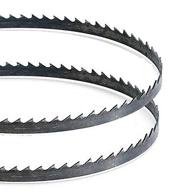
Review on Bosch SF2561 2 9 Self Feed Drill: Efficient and Powerful Drilling Solution by Jake Davies

Perfect for tree house bolts!
I used this drill bit to drill a 3" countersunk hole to install some tree house mounting screws (TAB) in some oak trees. I found it very good, the perfect combination of aggressive cuts and a smooth finish for what I was doing and couldn't be happier with the result. And by a happy coincidence, the thickness of the drill bit was identical to the thickness of the 3" ring on the TAB, making it very easy to judge the depth of my countersink relative to the TAB. If you are reading this review and not building a tree house, rest assured that this is a quality piece for almost any use I think you might want to use. It was sharp, durable, and of high quality in design and construction. And it comes with a replaceable screw bit if you've worn out the first one, or if you just want to remove it to smooth out countersunk holes (with the screw installed, the bit is always centered). Note that this isn't actually "finishing carpentry" so remember I mean rough carpentry, it's pretty aggressive cutting after all. If you're reading this review and planning to build a tree house, I can give you this advice based on my experience: start with this bit and drill a little less where you want to finish with the countersink depth for the collar. Then use a 1 1/8" bit to continue drilling about an inch. Then use a 1" bit to drill the rest of the depth to allow the TAB to be installed. Then I went one last time with this 3". -Bit back and just popped the countersink back up.It was very easy to flatten it out without the screw trying to pull the bit back.Then I installed TAB.I decided it was the best deal for me, individual bits to use which were widely available instead of buying (or renting) the special bits they sell for drilling holes for TAB (I like tools and I like tools that have more than once, especially since I don't plan to Remember that special drill bits are designed to align the holes perfectly so that the countersink is exactly perpendicular to the hole, so when using individual bits you have to be VERY careful to get your holes straight and square on the same means to keep line. There is very little room for fiction in this method. I constantly used a spirit level on my drill bit to make sure all the holes were straight and the drill bits kept the same center line, starting in the same screw feed hole as the previous bit before it came out, and I've had no problems with that. You can take this additional level of difficulty into account if you are unfamiliar with an exercise. I've added some photos to illustrate the process of installing TAB with this attachment.
- Drill Parts and Accessories
- Crumpled Pack


